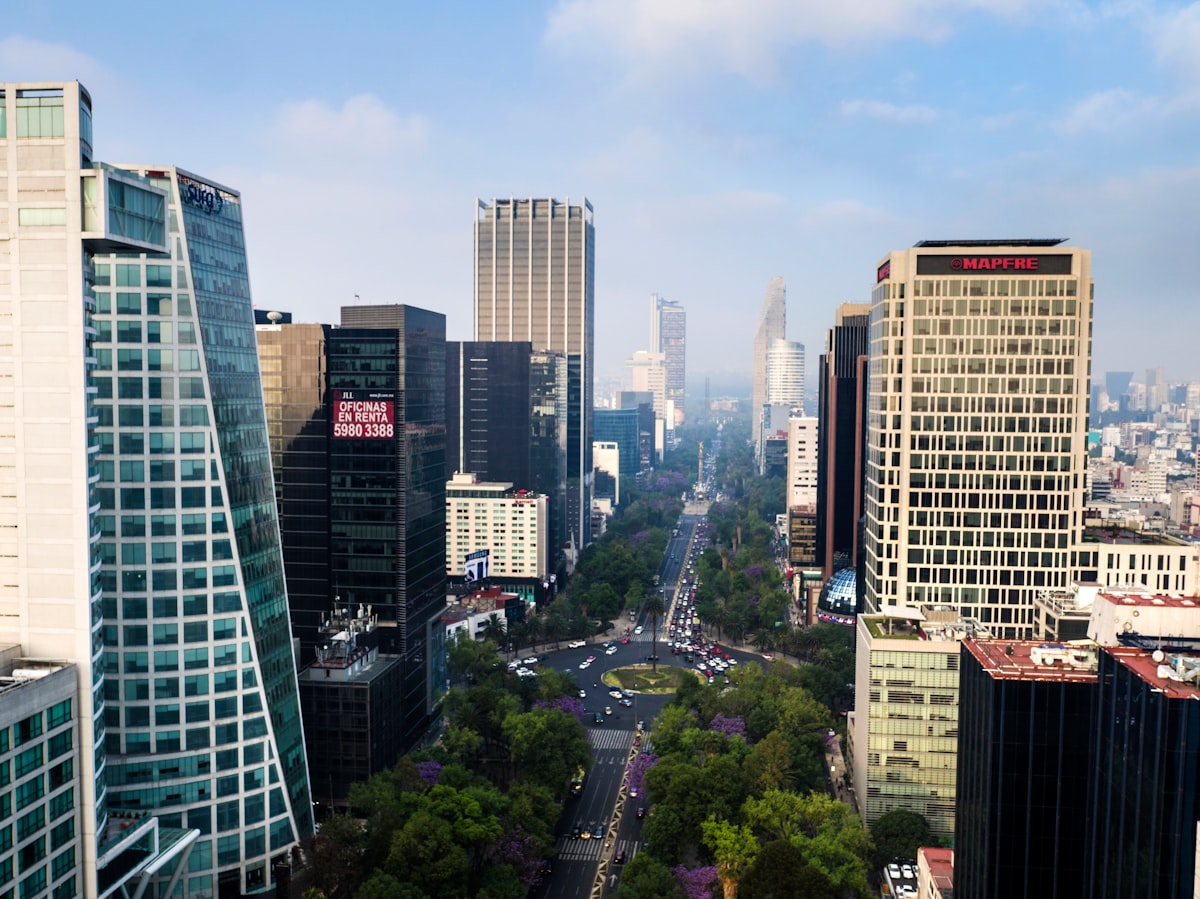World Cities Day: Living in Cities, a Global Trend
The Mexican capital is among the most populated cities on the planet. Its problems cannot be addressed in a sectoral manner; it is time to integrate disciplines. World Cities Day is commemorated on October 31.

According to UN-Habitat, one billion people in the world live in informal urban settlements and are particularly vulnerable. By 2050, the world will be home to almost 10 billion people; two-thirds will live in cities. Currently, 20 metropolises globally are home to nearly 500 million human beings, a number that is expected to increase as these places become larger and denser.
The most populated city is Tokyo, Japan, with more than 37 million inhabitants; followed by Delhi, India, with approximately 31 million; in third place, Shanghai, China, with almost 28 million; in fourth place, Sao Paulo, Brazil, with close to 23 million; and finally, Mexico City (and the Metropolitan Area), with almost 22 million.
Javier Delgado Campos, director of UNAM's University Program for City Studies (PUEC), assures that as leading centers of transformation, the impact of the pandemic on employment in metropolises, including Mexico's capital, is incalculable, which is why it represents the greatest challenge to be addressed. The doctor in Urbanism explains that the confinement forced various sectors to work from home, but not all of them were able to do so, nor were they favored, so they lost their jobs.
"There is a digital divide that is added to other inequalities in income, health, and education, that in labor terms threw many people into unemployment, we do not have a precise figure, and although it has been made known that it is recovering, it is still insufficient," he points out.
Regarding the World Cities Day, to be commemorated on October 31, the university professor -who carried out a research stay at the University of Toulouse-Le Mirail, France-, indicates that inhabitants of small, peri-urban cities, that is to say, those surrounding the country's capital, do not have a steady job.
"This causes various problems for the city because the inhabitants stay where they find employment. For example, in the northwest of the State of Mexico, near Atlacomulco, there are members of communities that work almost all year round in the area near Toluca, in the fall they go to Hidalgo and we have detected that they are even employed in Cuernavaca. So the social cost of displacement is much higher," he says.
Integral solution
Javier Delgado emphasizes that a road map to address the challenges, both in the situation of job losses and in some other situations affecting metropolises, is to strengthen the involvement of the population. "We must include the people in the proposals and solutions, in housing programs, in the attention to public space, as has been done on other occasions," he argues.
According to the expert, what is defining is that problems cannot be addressed sectorally, because it is not only the issue of transportation or the environmental situation, all topics are interconnected. "A new functioning of the organic structure of the public sector could be attempted because it is still designed to address specialties, which are very necessary, but it is time to integrate the disciplines," Delgado Campos stresses.
In that sense, he emphasizes, the PUEC collaborates with the Government of Mexico City, with the Authority of the Historic Center, the Secretariat of Education, Science, Technology and Innovation, and with the Secretariat of Integral Risk Management and Civil Protection. We must not lose sight of the fact that other city situations persist, such as climate changes, violence, and population displacements, he says.
"For all these reasons, it is necessary to continuously train workers for the labor market, which is what we are doing. At the moment, UNAM has 131 undergraduate degrees in which around 20 percent are new careers that have been opened precisely with this intention of focusing on new problems," adds the expert.
It should be noted that UN-Habitat emphasizes that the objective of World Cities Day is to promote the interest of the international community in sustainable urbanization, to promote cooperation between countries and cities to take advantage of the opportunities and address the challenges of urbanization, contributing to sustainability in the world.




